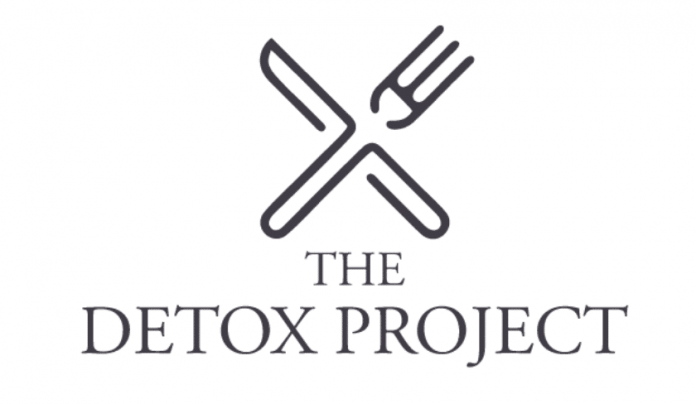
The Detox Project recently launched glyphosate free certification. In order for a food product to be certified Glyphosate Residue Free, they cannot contain glyphosate residues or glyphosate’s degradation product, aminomethylphosphonic acid (AMPA) over the limits of laboratory detection, between 0.1 parts per billion (ppb) and 20 ppb. That is a standard stricter than the U.S. Environmental Protection Agency’s (EPA) maximum residue limits (MRLs). The certification testing program is based on work done by Anresco Laboratories, an independent laboratory registered with the U.S. Food and Drug Administration (FDA).
“Glyphosate Residue Free certification enables food manufacturers to give consumers what they really want – glyphosate residue free food,” said Henry Rowlands, Director of The Detox Project in a statement.
The current chemical testing standards for organic and conventional food “are very weak,” Rowlands said. The Detox Project wants to “change this by testing food products directly from the shelf.” The reason why is simple, according to him. “Consumer have the right to know what toxic chemicals are in the food they buy at grocery stores across the U.S.” The Detox Project will test food products “at least three times a year” and will “also make sure that spot checks are performed regularly.” The Detox Project is working with U.S. food manufacturers and grocery stores “to enable consumers to avoid glyphosate and other toxic chemicals in their food,” said Rowlands.
Glyphosate Residue Free certification is badly needed because the herbicide is the most widely used one in the world. Glyphosate use has greatly increased in the last four decades. Since 1996, the use of glyphosate has increased globally nearly 15-fold due to the introduction of crops genetically engineered to tolerate glyphosate. Glyphosate use on genetically engineered crops is now about 56 percent of all global glyphosate use.
The World Health Organization’s (WHO) International Agency for Research on Cancer (IARC) classified glyphosate as “probably carcinogenic to humans” in 2015. That is a problem because glyphosate residues have been found on many food products. Testing in 2015 found high levels of glyphosate residue in popular food items such as General Mills’ Cheerios and Honey Nut Cheerios, Kellogg’s Corn Flakes, Raisin Bran and Frosted Flakes and PepsiCo’s Doritos Cool Ranch, Ritz Crackers and Stacy’s Simply Naked Pita Chips. An FDA chemist compiled data on foods known to have glyphosate residue which include oat products such as infant oat cereal and instant oatmeal. The FDA found glyphosate residue on 59 percent of honey samples tested.
Read about glyphosate found in popular American food
Glyphosate has been found in the urine of Americans and in drinking water in the U.S. The University of California San Francisco found glyphosate in 93 percent of the urine samples tested. Glyphosate was found in 43 percent of EU urine samples tested in 2013. A 2002 study tested 154 water samples in nine Midwestern states and found glyphosate residue in 36 percent of the samples. AMPA was detected in 69 percent of the samples.




